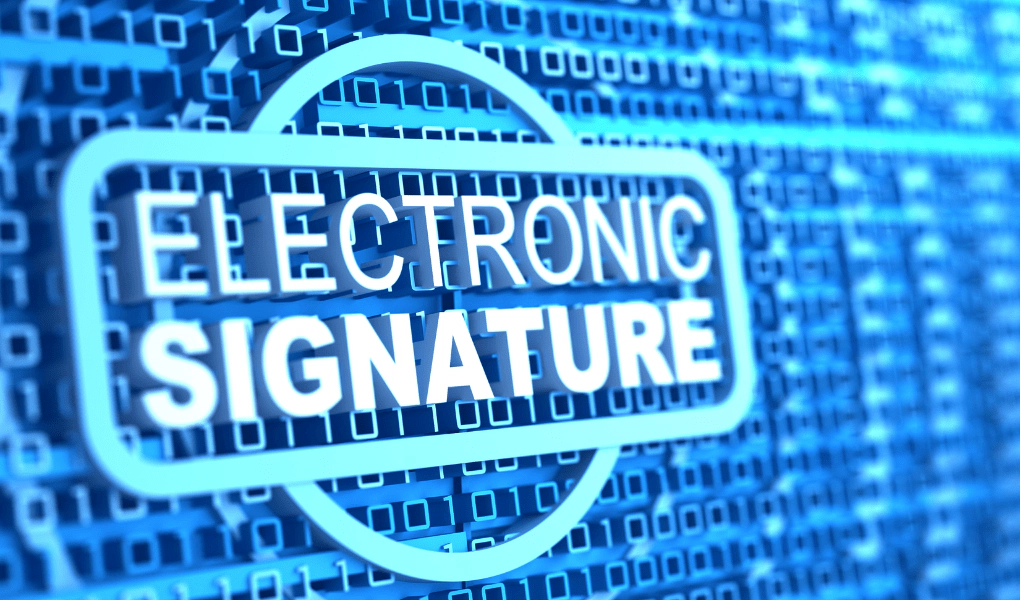
Operating a travel booking platform: simple intermediary or travel agency?
You own or develop an online platform for travel services that can be booked by tourists, and you have at least once …
We use cookies to help you navigate efficiently and perform certain functions. You will find detailed information about all cookies under each consent category below.
The cookies that are categorized as "Necessary" are stored on your browser as they are essential for enabling the basic functionalities of the site. ...
Necessary cookies are required to enable the basic features of this site, such as providing secure log-in or adjusting your consent preferences. These cookies do not store any personally identifiable data.
Functional cookies help perform certain functionalities like sharing the content of the website on social media platforms, collecting feedback, and other third-party features.
Analytical cookies are used to understand how visitors interact with the website. These cookies help provide information on metrics such as the number of visitors, bounce rate, traffic source, etc.
Performance cookies are used to understand and analyze the key performance indexes of the website which helps in delivering a better user experience for the visitors.
Advertisement cookies are used to provide visitors with customized advertisements based on the pages you visited previously and to analyze the effectiveness of the ad campaigns.
Other uncategorized cookies are those that are being analyzed and have not been classified into a category as yet.

In an era of continuous digitisation, the use of electronic signatures („e-Signature”) has become increasingly common. E-Signatures offer a handy, fast and legally valid digital solution, changing the way in which the traditional handwritten signature (in RO., semnătura olografă) has worked until now.
In this article, we aim to analyse the e-Signature types are and their practical use.
E-Signatures are currently regulated as follows:
According to eIDAS, by e-Signature we mean data in electronic form which is attached to or logically associated with other data in electronic form and which is used by the signatory to sign.
This is a technical definition, but like handwritten signatures, an e-Signature indicates the signatory’s intention to be bound by the terms of the signed document.
According to eIDAS, there are three types of e-Signature: simple, advanced and qualified.
It is the simplest type of e-Signature provided by eIDAS and meets the fewest requirements while offering the lowest level of security;
Given the definition of e-Signature above, simply writing your name in an e-mail or a signature on a tablet can constitute SES.
It is an e-Signature that meets the following additional requirements:
It is an advanced e-Signature that:
It is the only e-Signature that has the same legal value as a handwritten signature;
Qualified trust service providers offering QES shall meet certain criteria and follow a certain legal procedure before obtaining this status; The list of qualified trust service providers in Romania is available here.
The distinction between the three types of e-Signature above is important from at least two perspectives: the probative force in court and the fulfilment of the formal requirements laid down by law for certain documents.
According to eIDAS, only QES has the equivalent legal effect of a handwritten signature, thus giving QES greater legal value than SES and AES.
Thus, documents signed with SES / AES will also be able to be used as evidence in court, but SES / AES will not have the same probative force as handwritten signatures and QES (and most likely will be supplemented with other evidence etc.). In this respect, eIDAS provides that an e-Signature cannot be denied legal effect and admissibility as evidence in court proceedings simply because it is in electronic format or does not meet the requirements for QES.
At the same time, the difference between documents signed with AES and those signed with SES is also the probative force, in the sense that AES represents a higher level of security than SES, as it meets more technical requirements than SES.
According to the general rule laid down in Article 1178 of the Civil Code, a contract is concluded by the mere agreement of the parties, unless the law imposes a certain formality for its valid conclusion. In other words, where there is no express legal provision to the contrary, a contract concluded verbally is also a valid contract.
However, in certain situations provided for by law, the contract must be in written form, either for its validity (ad validitatem) or for its proof (ad probationem). In these situations, the contract must be signed with QES, since only QES fulfils this form requirement.
Also, when, according to the law, the contract shall be concluded in authentic form (at the notary’s office), no type of e-Signature can be used.
You can use SES / AES for documents / contracts for which the law does not require a certain form. Here are some examples:
For example, if you want to electronically conclude the following contracts, you will need QES:
If you want to conclude, for example, the following documents, you will have to go to the notary:
Whether you want to know if you can electronically sign a document or what type of signature to use, or you need a contract, we work closely with you to solve your need.

You own or develop an online platform for travel services that can be booked by tourists, and you have at least once …

Developing a software product is a complex process that involves much more than coding and design. It is important not …